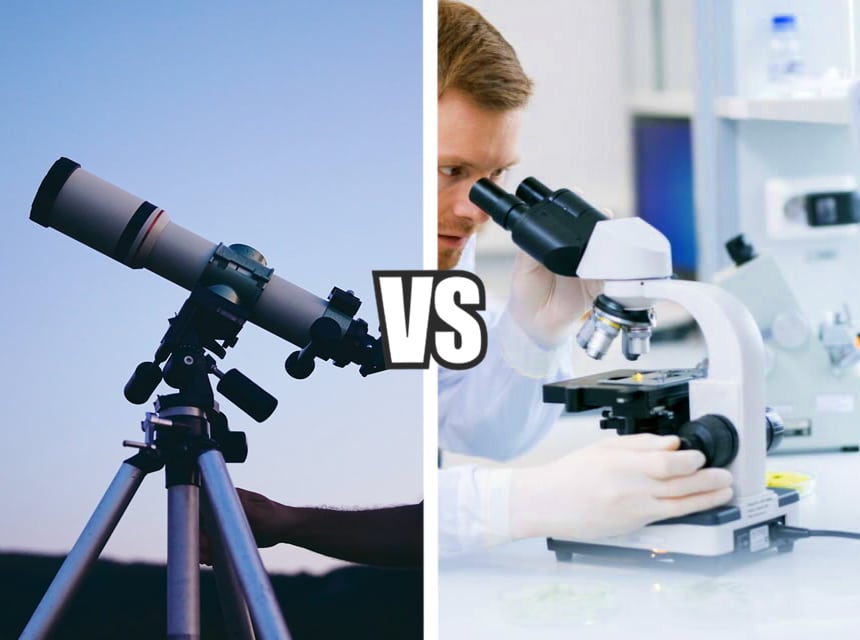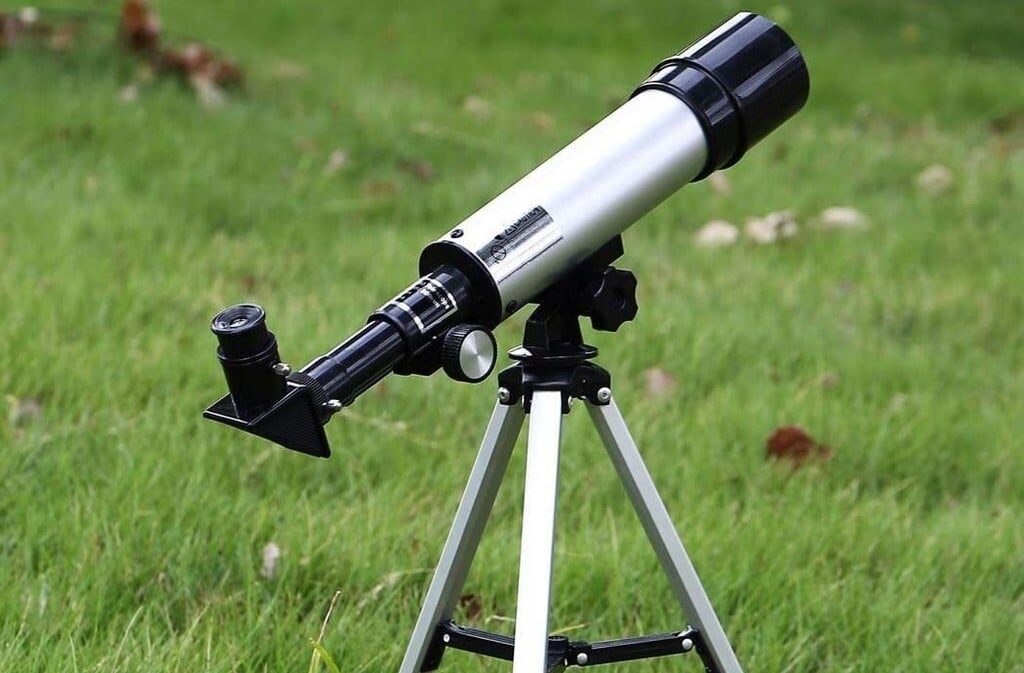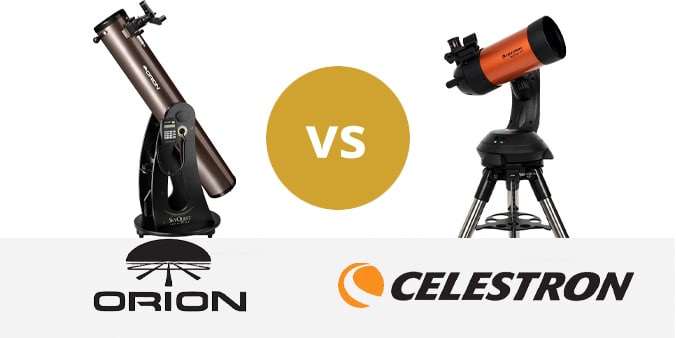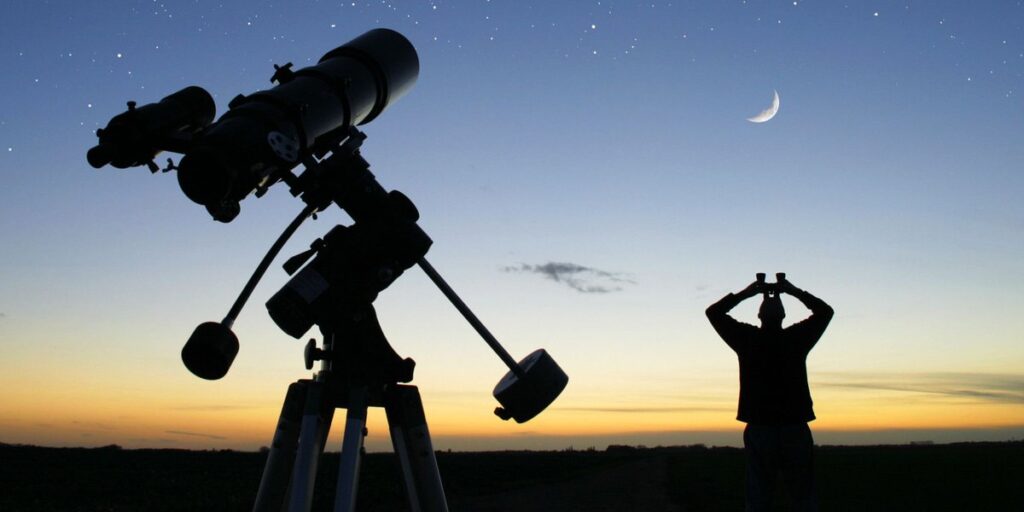

Stargazing is becoming a more popular hobby. A recent study reported by The Guardian Trusted Source Britons reach for telescopes as BBC and Brian Cox spark interest in astronomy | Astronomy | The Guardian The latest generation of ‘go-to’ telescopes lets those without a degree in mechanical engineering look to the heavens and help contribute to science www.theguardian.com has shown a 500% increase in telescope sale on Amazon. This increase has been partially attributed to the pandemic, the incessant boom in technology, and promotion through series of television shows.
As an astronomer or stargazer, one equipment you can’t do without is the telescope. Your telescope must be efficient enough to deliver high-quality images to maximize output. Since dust and dirt reduce the proficiency of your reflector telescope mirror, you should know how to clean a telescope mirror.
This article will help you with all the tools and steps needed to clean up a telescope primary mirror. After reading this article, you should be well equipped on how to clean a telescope mirror.
The first step to be taken is getting the right tools and equipment you’ll need when cleaning your telescope. These tools and materials are listed below:
When searching for purchasing the right cleaning tools, it’s worth keeping an eye out for tools made of high-quality materials. According to popular reviews, some valuable cleaning tools consider to include CelestronLensPen and the Celestron lens cleaning kits.
It is important to have these relevant tools readily nearby to prevent mistakes that may arise in your search for the right tool to use
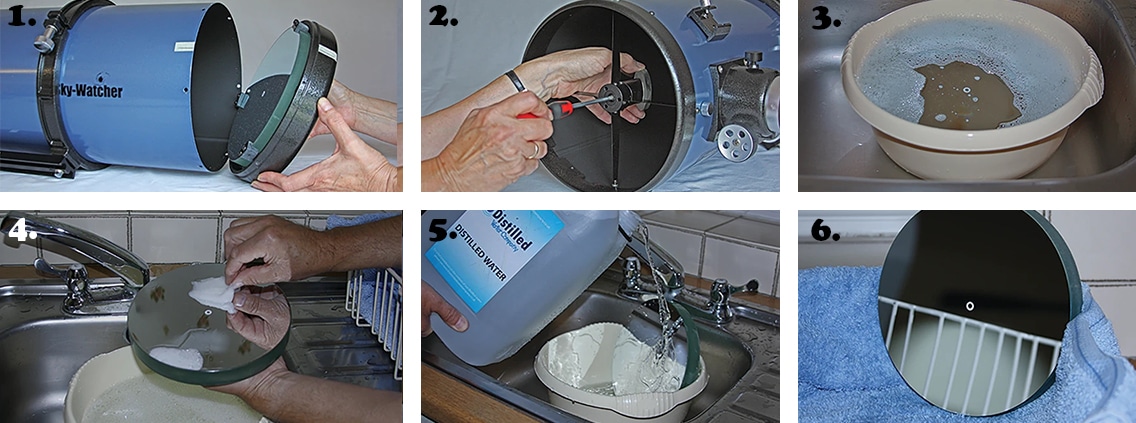
A number of reasons may exist for your telescope to need cleaning. For example, when dirt has snuck into your reflector telescope mirror, it may result in the overall image quality plummeting deteriorating sub-par, or may cause scratches in the mirror.
Although these reasons may seem reasonable, cleaning once a telescope isn’t an act that should be done regularly; because of the risks that come with this cleaning. A wrong move or mistake could prove costly if it ends in damage to the telescope reflectors.
Therefore, if you are determined that your reflector telescope mirror is indeed dirty and needs to be cleaned, provided below are the safest steps on how you can clean your reflector telescope mirror.
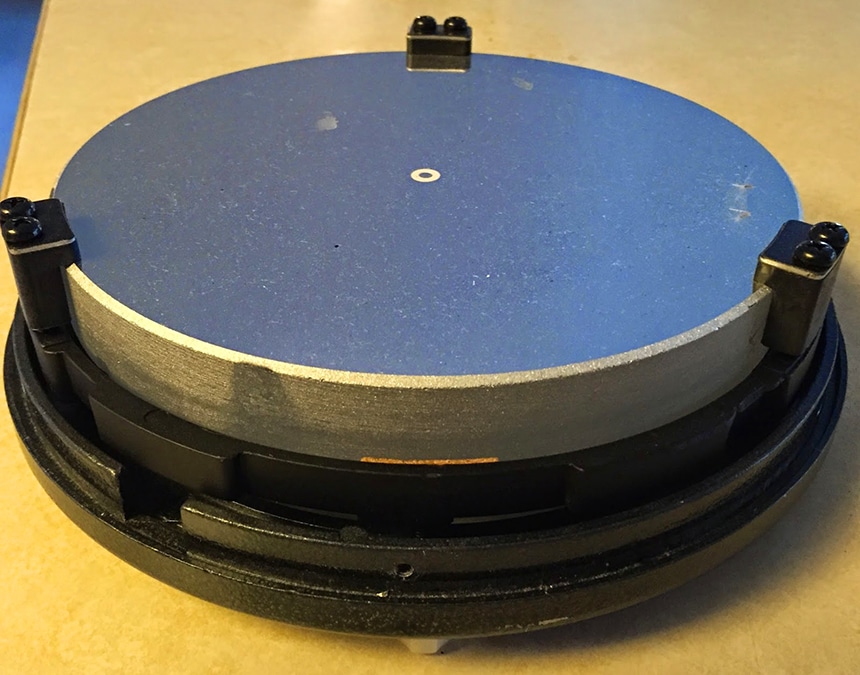
You could start by removing the primary mirror first. The telescope primary mirror is usually held together by small delicate screws. Therefore, you would need to remove these screws surrounding the tube near the primary mirror. When this is done, the next step would be to take out the entire holding cell and the holding clamps. This process requires a high level of precision and carefulness to prevent a scenario where the mirror gets smashed.
Now, the primary mirror can be removed. Try as much as possible to refrain from touching the shining surface during this process.
It is a regular practice for people to mark both the mirror and the cell with a sharpie. This is done to make it easier to restore those parts back to their original position after cleaning.
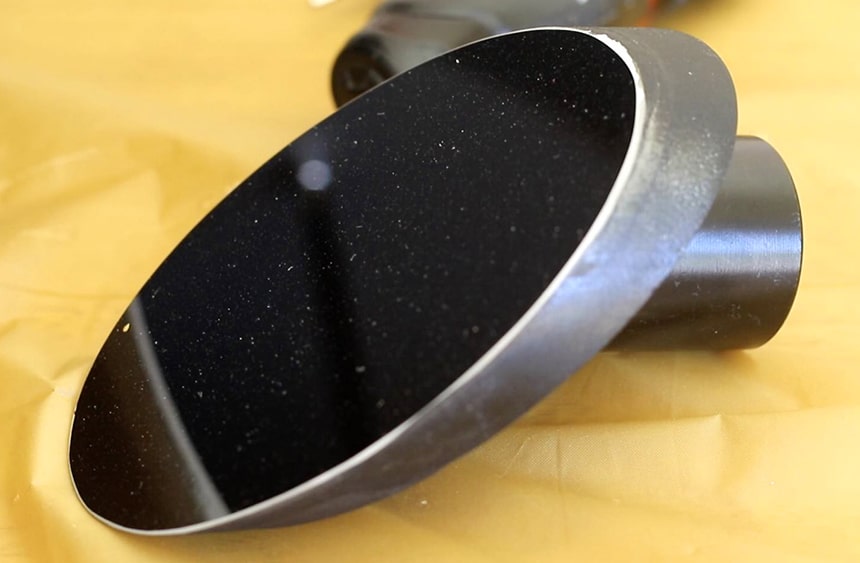
While removing the secondary mirror, it is important to pay attention to the various screws and the hierarchy of their removal. For example, the middle screw should never be taken out first.
Therefore, to remove the secondary mirror, the collimation screws need to be carefully loosened first, then the middle screw. To remove the middle screw, you need to hold the mirror with one hand while carefully loosening the middle screw.
Remember to take out the collimation screws before you loosen the middle screw. In most cases, taking out the middle screw first will result in damage to the spider vane! This is a common and costly mistake, so you should be careful with it.
If you have taken the above steps correctly, the telescope’s tube should be empty.
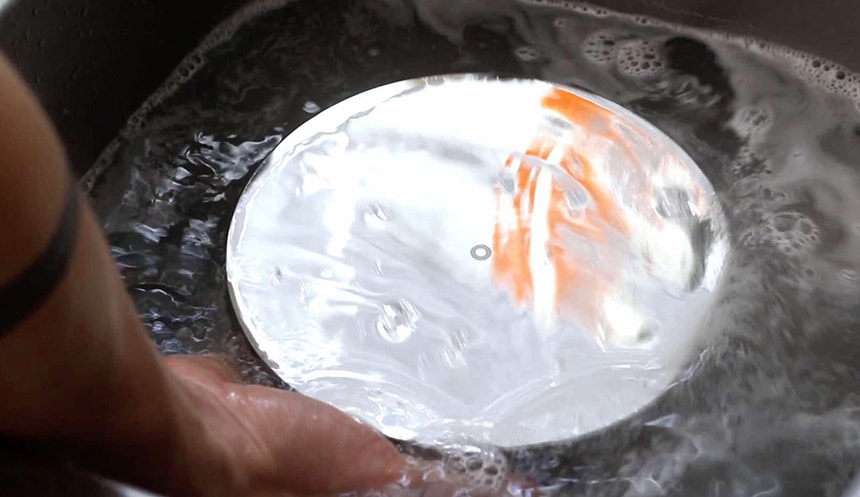
Now that you have successfully separated the primary and secondary from the tube, it is time to clean them. Follow these steps while cleaning.
You can now move to the next steps of cleaning:
As soon as you are all done with cleaning both mirrors, the daunting task of reassembling the telescope comes. It shares many similarities with the removing process – that is, if we are starting backward. Nonetheless, the process of putting everything back together requires just as must dedication needed earlier.
Whatever you do, try as much as possible to prevent dust and dirt from getting close to your telescope. Some of these steps include:
Just as we have written earlier, cleaning one’s telescope isn’t an act that should be done on a regular basis due to the risks it entails. What you can do however, is take active and steady steps to prevent your telescope from becoming dirty.
It is worth stating that whenever you are intent on cleaning a telescope mirror, using high-quality material shouldn’t be underrated. This might be the factor that decides whether your cleaning leaves your reflector telescope mirror damaged or not.
According to most reviews, some of the best and most convenient cleaning kits are made by Celestrone, which contains all tools that you need. However, this cleaning kit by K & F Concept is made from high-quality material that won’t damage the surface of optics as well.
Now that you have purchased the right cleaning kit, the steps on how to clean a telescope mirror should appear relatively easy for you. After following the steps, you are left with a clean, sparkling telescope mirror for your stargazing hobby or astronomer profession.
If you need an extra lens just in case our guide hasn’t helped to clear telescope mirrors, here are some best Barlow lenses ranked by the price and features.
Still, if you like traveling and observing both the planets and the stars from different locations, you might need a portable telescope. Here we also have another list of the best travel telescopes.

